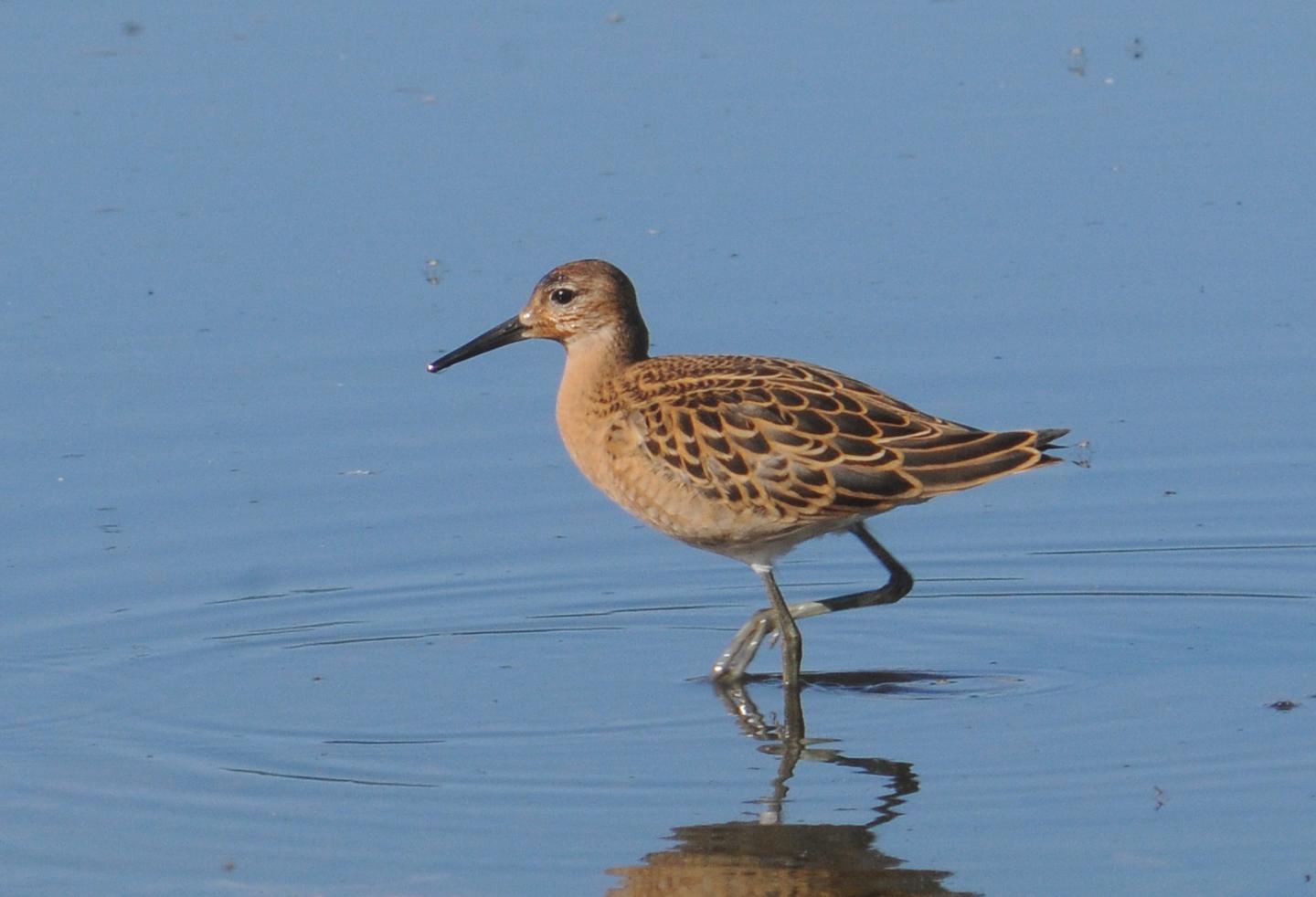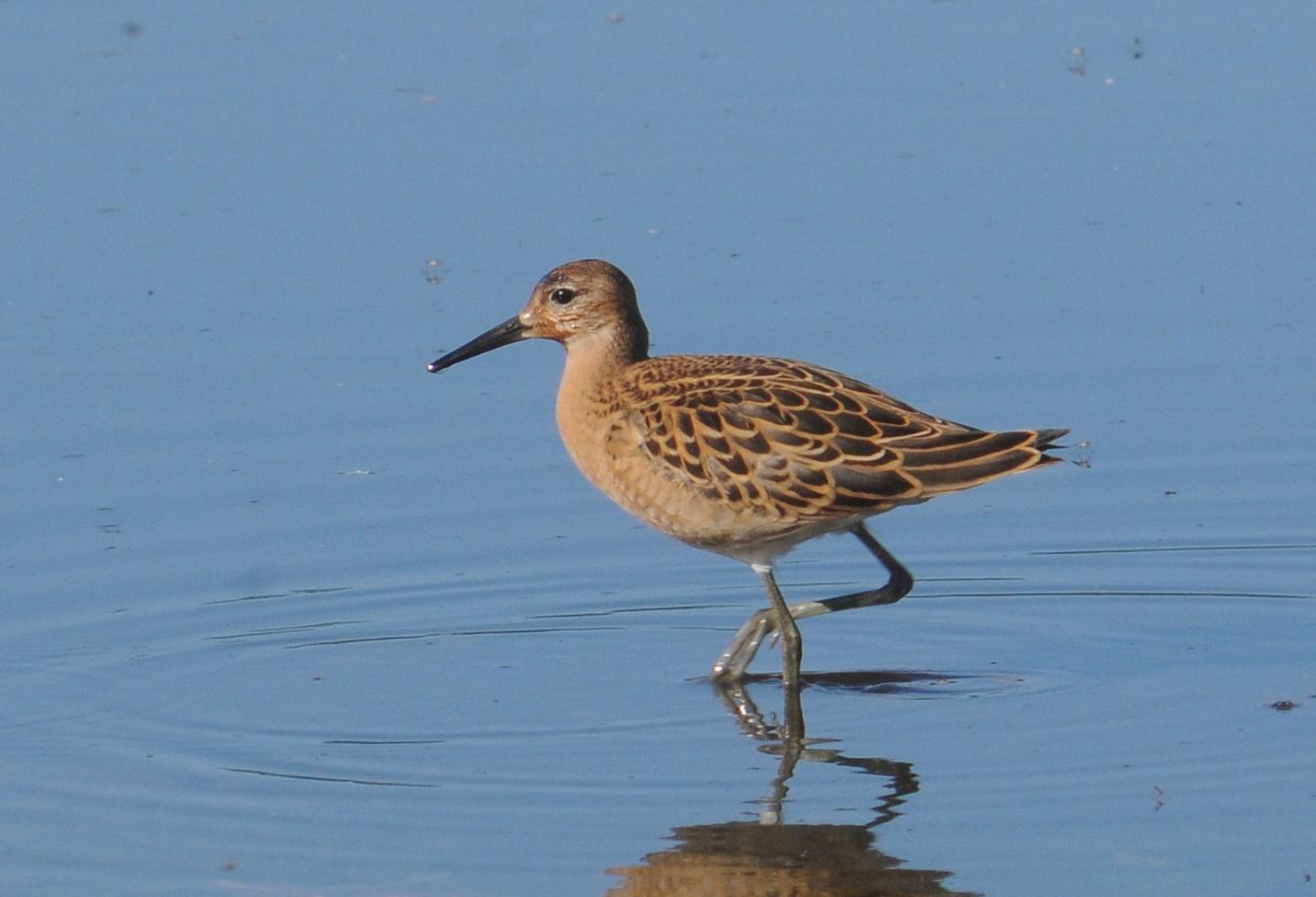
Credit: Aleksi Lehikoinen
A recent international study indicates that the populations of peatland birds in Finland, Sweden, Norway, Estonia and Latvia have decreased by a third during the past three decades. The situation in Finland is the most dire, and the species in most trouble is the Finnish ruff, as the population has fallen to approximately 3% of what it was at the beginning of the study period.
"The populations of many common peatland birds, such as the wood sandpiper, the meadow pipit, the yellow wagtail and the common reed bunting have gone down in Finland by a third or more since 1981," states Academy Research Fellow Aleksi Lehikoinen from Luomus, the Finnish Museum of Natural History, part of the University of Helsinki.
The only peatland bird to become more common in all of the countries mentioned is the crane, which has tripled its populations over the three decades. This is probably due to the reduced hunting of the species in areas where it winters and along its migration route.
Draining and the peat industry to blame
The poor situation of peatland birds can be attributed particularly to the diminishing natural peatlands resulting from decades of wetland draining and peat production.
"In general, peatland birds are much more plentiful on high, open fens and undrained swamps," explains Andreas Lindén, senior researcher from Novia University of Applied Sciences.
In many areas, there have been efforts to transform wetlands into forests through draining. Finland has the most drained wetlands in all of northern Europe. Only 14% of Finnish peatlands are protected, most comprehensively in northern Lapland.
Approximately 75% of Estonian peatlands are now protected, and the study suggests that the country's populations of peatland birds are on the rise.
Finland should take responsibility for conservation
According to the researchers, the status of the peatland bird populations can be improved by protecting the existing peatlands and by rehabilitating previously drained fens and marshes.
"Because it has the largest area of wetlands, Finland has the greatest responsibility for maintaining the populations of peatland birds in the European Union. Consequently, we should place more effort on protecting and rehabilitating our wetlands," states Lehikoinen.
The study's data are based on long-term bird monitoring in northern Europe, and the results were published in the international series Biological Conservation.
###
Link to original publication: Substantial decline of Northern European peatland bird populations: Consequences of drainage
Academy Research Fellow Aleksi Lehikoinen, Finnish Museum of Natural History, [email protected], +358 45 137 5732
Senior Researcher Andreas Lindén, Novia University of Applied Sciences, [email protected], +358 50 3446 3999
Media Contact
Aleksi Lehikoinen
[email protected]
358-451-375-732
@helsinkiuni
http://www.helsinki.fi/university/
Original Source
https://www.helsinki.fi/en/news/the-drying-of-peatlands-is-reducing-bird-diversity





